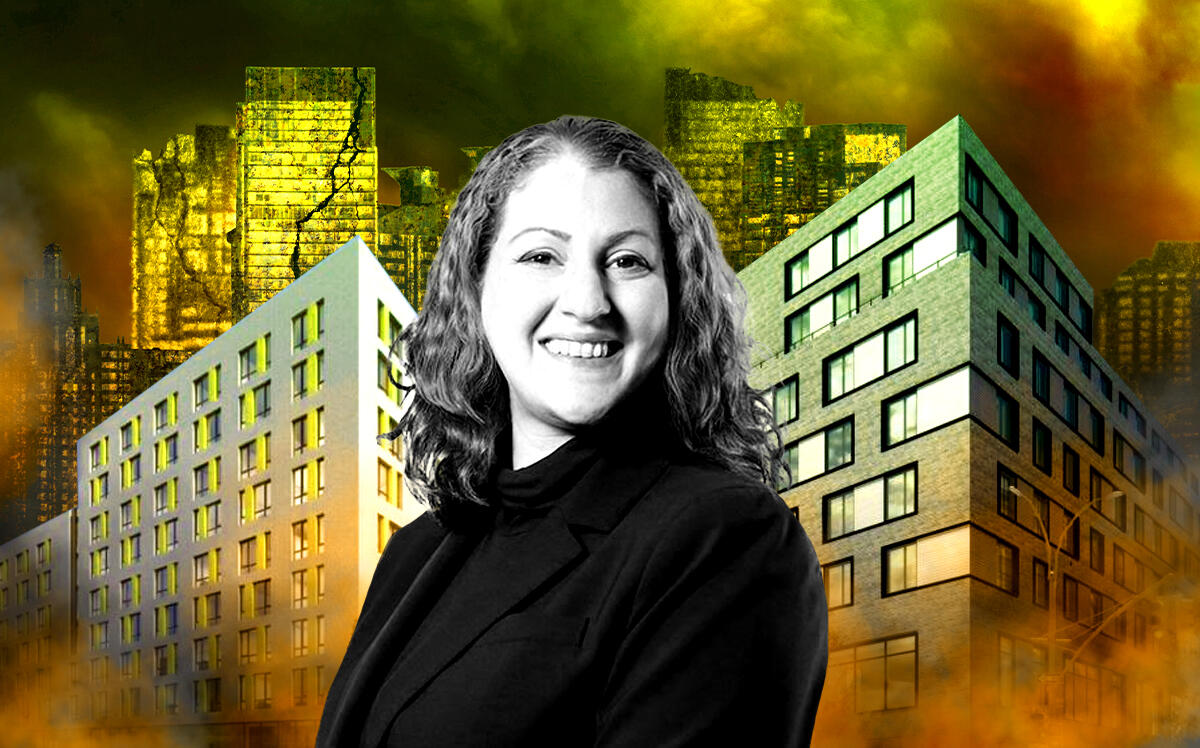It was no surprise when project filings for multifamily buildings nosedived 59 percent in the five months after the 421a tax abatement expired June 15.
The surprise, rather, was that developers were starting new projects at all, given the sudden absence of a program that wipes out $1.8 billion a year in property taxes.
Firms still filed 165 for permits between mid June and November to create nearly 12,500 homes, or 29 percent of the total planned for the year, a Real Estate Board of New York report found.
So what residential development still makes sense post-421a? According to REBNY, it’s a three-part mix.
City-subsidized development
Of the multifamily projects completed between 2010 and 2020, about 70 percent relied on 421a, an NYU Furman Center report found. That means 30 percent penciled out without the abatement often called “essential” by the industry.
“Of that 30 percent, I would say a healthy percentage was being funded through the city,” said Basha Gerhards, head of planning at REBNY.
The city’s Department of Housing Preservation and Development subsidizes development through so-called term sheets — plans that guarantee low-interest loans, tax credits or a combination of the two, if projects set aside a number of units as affordable.
Developers can then pair term sheets with tax-exempt private activity bonds — debt issued by the federal government to serve a public good, such as rental housing — to fund construction.
Read more


Those government funding options can take care of the financing problem that cropped up once 421a’s 35-year property tax break disappeared.
In Hamilton Heights, 1727 Amsterdam Avenue, for example, was made possible by city subsidies. The developer Bowery Residents Committee filed paperwork in October to erect a nine-story, mixed-use building with 200 rental units, 120 of them for supportive housing.
In Hell’s Kitchen, the Lirio at 806 Ninth Avenue is another. In mid-August, the City Council approved the Hudson Companies’ plans for a mixed-use building. Of the 112 apartments, 59 will offer supportive services, 44 units will go to families earning 30 to 120 percent of the area median income and eight will be for formerly homeless individuals.
Small fries
Those city-funded developments should continue to make up nearly all non-421a rental projects, Gerhards said.
The remainder — the 1 to 2 percent of new development that is not term sheet–eligible — will be buildings financed with “no tax tool, no incentives, no subsidy dollars, no term sheets, no low-interest loans,” she said. “They will tend to just be these much smaller projects.”
The 2016 Mandatory Inclusionary Housing law requires projects with more than 10 units in rezoned areas to set aside at least one-quarter as affordable. Smaller ones can be all market-rate, allowing development to pencil out with traditional financing and no subsidies.
Such projects still need to command high enough rents to offset a developer’s acquisition cost.
These modest-sized projects haven’t been cropping up in the Manhattan neighborhoods where the price of land is at a premium, Gerhards said, but are “dispersed far afield” in outer-borough enclaves where sites cost less.
The purchase market
The third bucket of projects is one developers have long-predicted would rise once 421a lapsed: condominiums.
Non-subsidized projects with 100 or more homes are most likely for-sale apartments, Gerhards said. Reviewing October’s five large filings, she found one was supportive housing, one was coordinated with the city’s main housing agency, and three were condos.
As an example, Gerhards pointed to 570 Washington Street in the West Village. The Zeckendorfs and Atlas Capital are building a 19-story luxury condo and affordable rentals for seniors.
Unless the state legislature replaces 421a, Gerhard expects to see few large projects. Only 35 went through after the break expired, down from 83 in the first five months of 2022. Her trade group estimates that the city needs 560,000 new homes by 2030 to address its housing shortage.
“The projects that [move forward] are going to be tied to very specific city programs or [be] condos,” she said.
